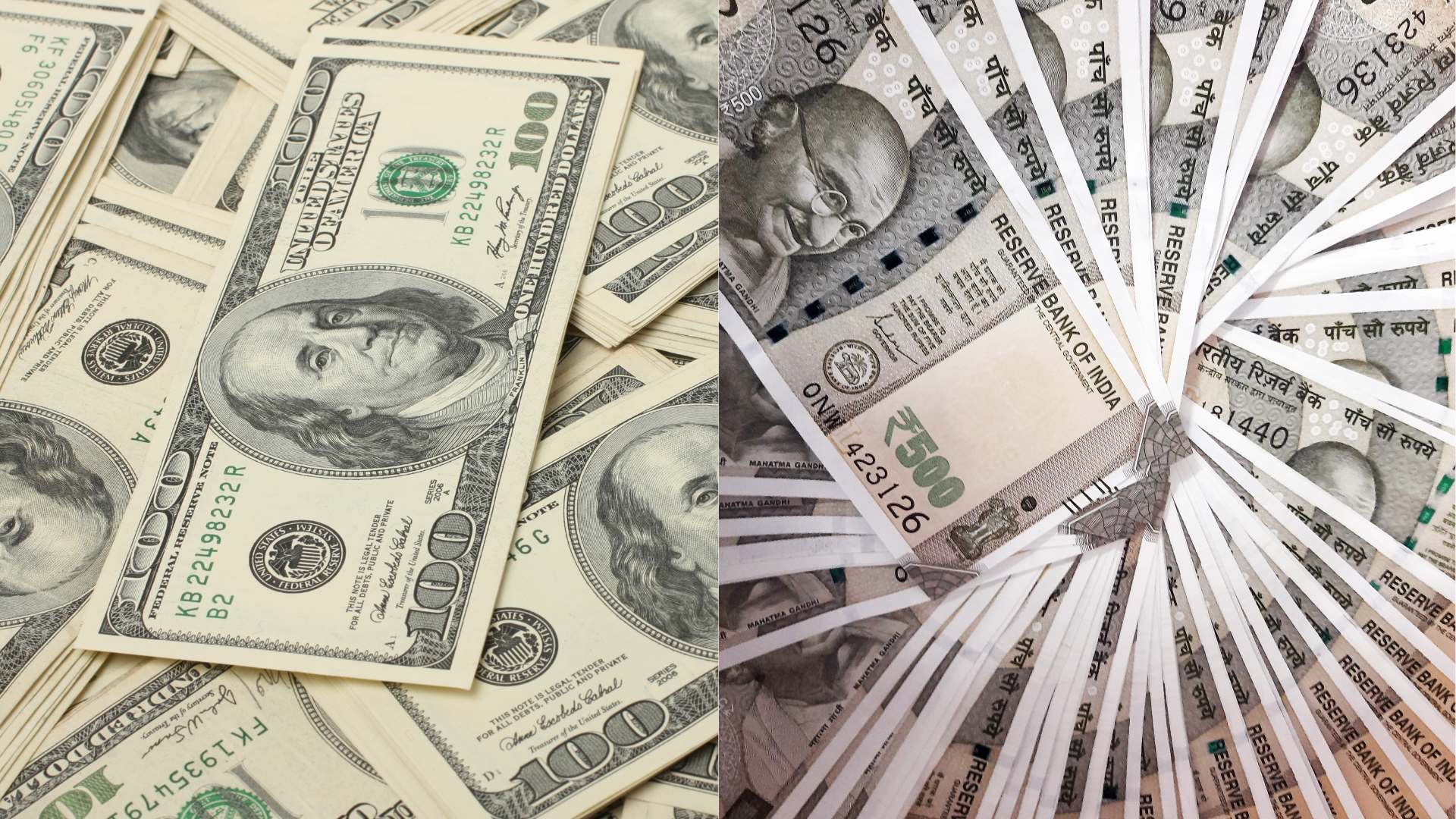The USD/INR pair strengthened, reflecting investor concerns after former U.S. President Donald Trump threatened to impose tariffs on BRICS nations. The move has reignited fears of a global trade conflict, prompting traders to seek safety in the U.S. dollar, while emerging market currencies, including the Indian rupee, faced selling pressure.
India’s currency slipped as market participants assessed the potential economic fallout. With BRICS countries playing a crucial role in global trade, uncertainty over new tariff policies could impact export-driven economies, particularly India, which has strong commercial ties with the bloc. The rupee’s weakness also follows broader risk-off sentiment, as investors remain wary of geopolitical and trade disruptions.
Meanwhile, U.S. Treasury yields held firm, supporting further gains for the dollar. A stronger greenback, coupled with global risk aversion, added to the downward pressure on the rupee, which has struggled to maintain stability amid external headwinds. Investors are now closely monitoring any responses from BRICS leaders and potential countermeasures that could further rattle markets.
Analysts note that while the RBI could step in to stabilize the rupee, intervention may be limited if broader risk-off trends persist. The central bank has historically acted to smooth excessive volatility but remains cautious about depleting foreign reserves in response to short-term fluctuations.
Looking ahead, markets will be watching for policy signals from both the U.S. and BRICS nations, particularly regarding trade negotiations. Any escalation in tariff rhetoric could intensify currency volatility, keeping the USD/INR pair in focus as global markets digest the potential economic consequences.
















